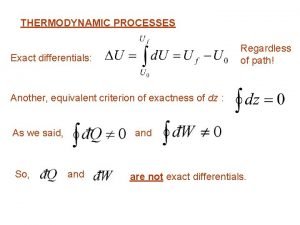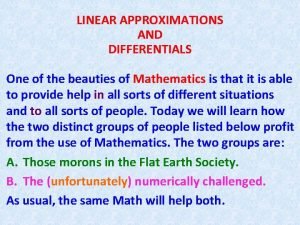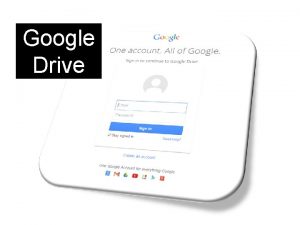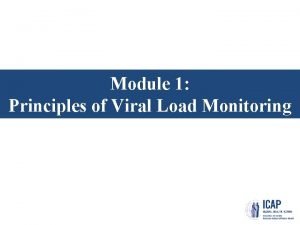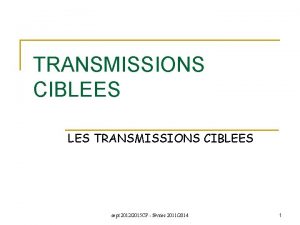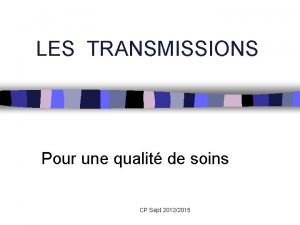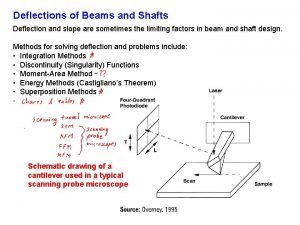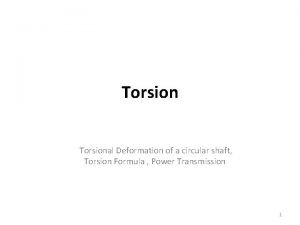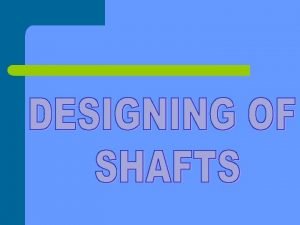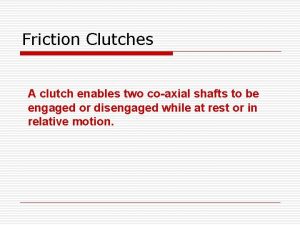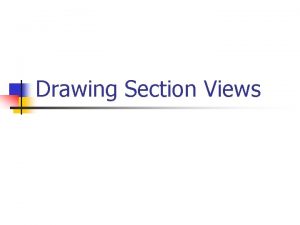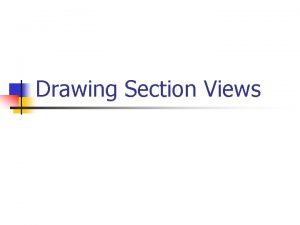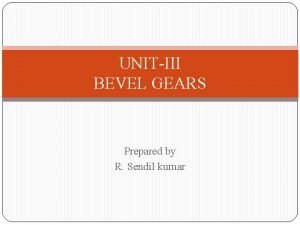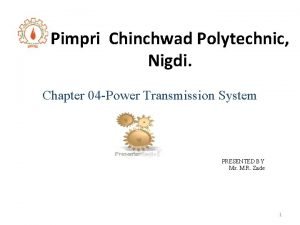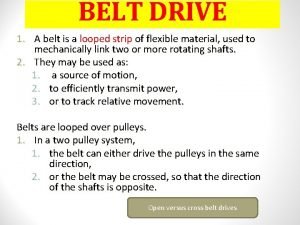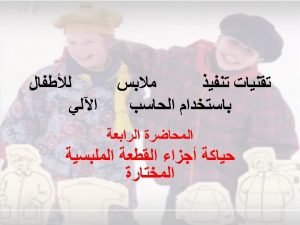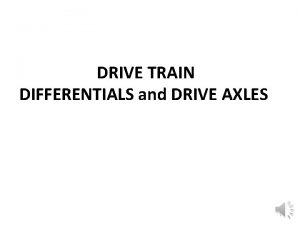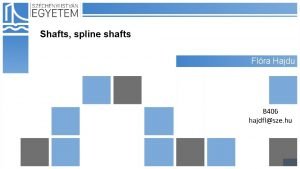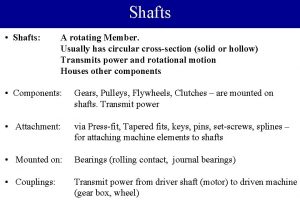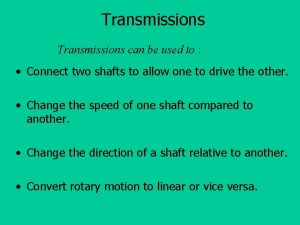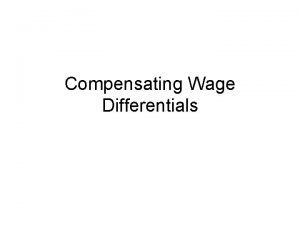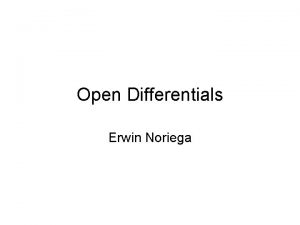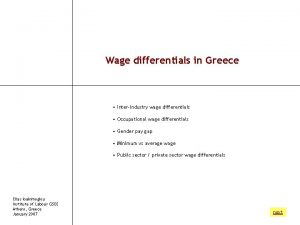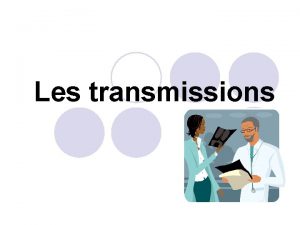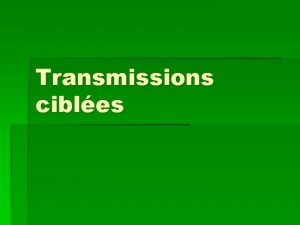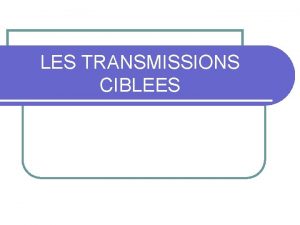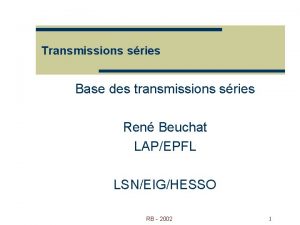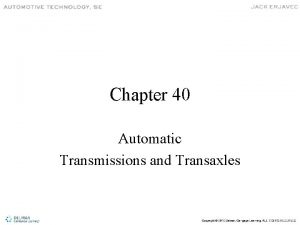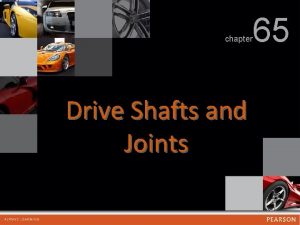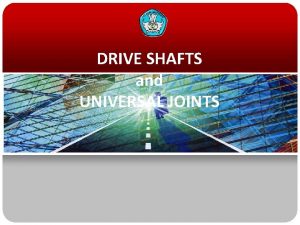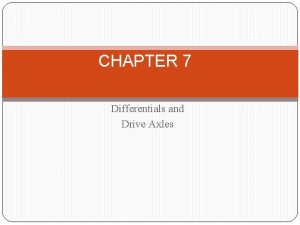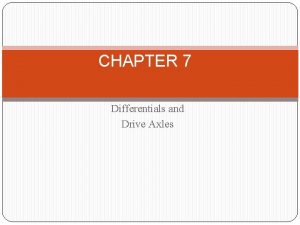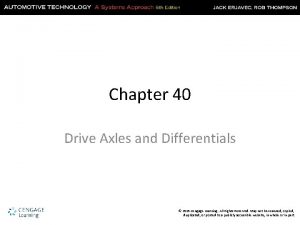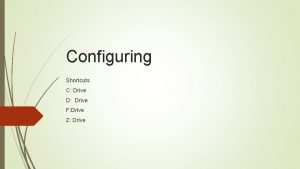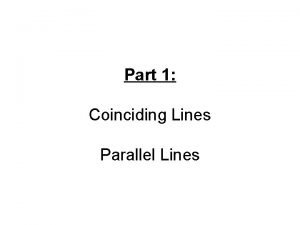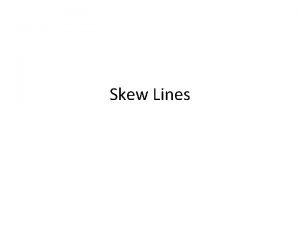Drive Lines Drive Lines Transmissions Drive Shafts Differentials


























- Slides: 26

Drive Lines

Drive Lines �Transmissions �Drive Shafts �Differentials

Transmissions �Cars need transmissions because of the physics of the gasoline engine. �Redline -- a maximum rpm value above which the engine cannot go without exploding.

�Engines have narrow rpm ranges where horsepower and torque are at their maximum. �For example, an engine might produce its maximum horsepower at 5, 500 rpm. �You shift gears so the engine can stay below the redline and near the rpm band of its best performance

Manual �Manual (Standard) �Ironically not standard �Clutch �Relies on the driver �Direct connection �Left in 1 st when parked

Clutch �Disengages the engine from the wheels

Clutch �Disengages the engine from the wheels

A Very Simple Transmission

Green Shaft �When you release the clutch pedal, the engine and the green shaft are directly connected to one another. �The green shaft and gear turn at the same rpm as the engine. )

Red Shaft � The red shaft and gears are called the layshaft. � The green shaft and the red shaft are directly connected through their meshed gears so that if the green shaft is spinning, so is the red shaft. � The layshaft receives its power directly from the engine whenever the clutch is engaged

Yellow Shaft �The yellow shaft is a splined shaft that connects directly to the drive shaft through the differential to the drive wheels of the car. If the wheels are spinning, the yellow shaft is spinning.

Blue Gears �The blue gears ride on bearings, so they spin on the yellow shaft. �If the engine is off but the car is coasting, the yellow shaft can turn inside the blue gears while the blue gears and the layshaft are motionless.

Collar � The purpose of the collar is to connect one of the two blue gears to the yellow drive shaft. The collar is connected, through the splines, directly to the yellow shaft and spins with the yellow shaft. � The collar can slide left or right along the yellow shaft to engage either of the blue gears. Teeth on the collar, called dog teeth, fit into holes on the sides of the blue gears to engage them.

Shifting into First

�The green shaft from the engine turns the layshaft, which turns the blue gear on the right. �This gear transmits energy through the collar to drive the yellow drive shaft. � Meanwhile, the blue gear on the left is turning, but it is freewheeling on its bearing so it has no effect on the yellow shaft.

Five Speed Manual

Gear Box

Reverse


Automatic �Ironically now standard �Car does the work �MPG �Spools friction fluid

�http: //www. youtube. com/watch? v=MPEn 9 WM 6 D 3 Q

Drive Shafts �Transmits power from the trans. �Hollow �U-Joints

Drive Shafts- CV Joint �Constant Velocity �A drive shaft for FWD

CV Joint

Differential �The ‘Pumpkin’ �Transfers power to 2 rear wheels �Video

How it works �https: //www. youtube. com/watch? v=y. YAw 79386 WI
 Exact differentials in thermodynamics
Exact differentials in thermodynamics Hedonic wage model
Hedonic wage model Wage differentials definition
Wage differentials definition Konsep compensating differential
Konsep compensating differential Fast and deep deformation approximations
Fast and deep deformation approximations Compensating wage differentials
Compensating wage differentials Differential diagnosis of hydrocephalus
Differential diagnosis of hydrocephalus Slide todoc.com
Slide todoc.com Google doodle
Google doodle Googlehttps://drive.google.com/drive/my-drive
Googlehttps://drive.google.com/drive/my-drive Hiv transmissions
Hiv transmissions Mtved ifsi
Mtved ifsi Les transmissions écrites et orales
Les transmissions écrites et orales Deflection of beams and shafts
Deflection of beams and shafts 300nm
300nm My father worked with a horse plaugh
My father worked with a horse plaugh The shaft are design on the basis of
The shaft are design on the basis of Flat plate clutches
Flat plate clutches Drawing section view
Drawing section view Drawing section lines
Drawing section lines When equal bevel gears connect two shafts
When equal bevel gears connect two shafts Https drive google com drive u 0 recent
Https drive google com drive u 0 recent Difference between chain drive and belt drive
Difference between chain drive and belt drive Differentiate between belt drive and chain drive
Differentiate between belt drive and chain drive Https drive google com drive u 0 recent
Https drive google com drive u 0 recent 1https://drive.google.com/drive/u/1
1https://drive.google.com/drive/u/1 Short break line drawing
Short break line drawing
